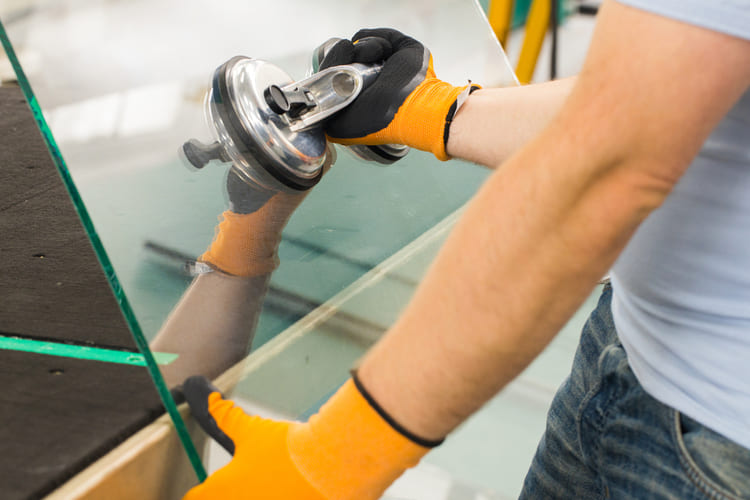Borosilicate glass has now found its way into the lives of many people, be it in their homes or at their factories due to its miraculous properties! Glass fabrication with borosilicate glass has a few different methods when compared to traditional glass fabrication, but its properties do seem to make up for the difficulties faced while manufacturing and fabricating it!
But one type of glass that came close to its ranks is tempered glass! Apart from its tensile strength and the fact that annealed glass is tempered to toughen it up, even more, makes it a worthy competition.
Tempered Glass
Tempered glass is one of the more publicly used glass and sees a wider use when it comes to regular everyday use, and fabricating tempered glass is a dilemma in its own way!
You see, tempered glass doesn’t sit right with the regular steps in glass fabrication, and that’s exactly what’s coming up below!
Tempered glass is basically annealed glass that has been heat-treated to bring about a variety of changes that bring out its properties! Without any kind of additions to the annealed glass recipe, tempered glass can, in layman terms, be called an upgraded version of annealed glass!
Fabricating Tempered Glass and Its Making
This is where glass fabrication questions go downhill!Tempered glass CANNOT be fabricated! Every tempered glass product goes through the heat treatment once it has taken the necessary shape that is mentioned in the order!
Shocking right?
It does seem shocking but also comes with a pretty valid reason!
Basically annealed glass is heated to a temperature of up to 500 degrees to 650 degrees Celsius and is then rapidly cooled by rapid air drafts which cool the outside but give the inside some time to flow freely.
Another method that births tempered glass fall more on the chemical side of the theory!
This method involves forcing a surface layer of glass, at least 0.1 mm thick into compression
With the help of Pottasium ions, (which are 30% larger in size), which are replaced with the smaller sodium nitrate ions. This is done by immersing it in a Pottasium nitrate bath. This chemical method of creating tempered glass gives it a tougher physical property when compared to the traditional thermal method.
Fabricating tempered glass is not advisable because the thermal process makes it permanently strong, and the ion placement will be disturbed upon implementing glass fabrication methods to it, causing the tempered glass to break.
Tempered glass wouldn’t do justice to any glass fabrication technique because once the tempering process is done, it basically becomes THE finished product, and it has been made specifically keeping durability in mind.
Borosilicate and Why Its Better?
Borosilicate on the other hand requires a few additions to its recipe to be manufactured, but melds really well with the glass fabrication methods and can be shaped into whatever form the buyer wants. That is AFTER manufacturing it.
This brings about the main drawback of tempered glass!
Borosilicates strength comes from the addition in the recipes and not a whole different secondary procedure!
Borosilicates thermal resistance and its inert properties are highlighted by the addition of boric oxide in the mixture instead of calcium carbonate. This makes it’s thermal behaviour skyrocket to a whooping 1600 degrees celcius and also gives it the inert blessing!
Swastik industries stands on top in India when it comes to Borosilicate and related products. When it comes to glass fabrication they have an unmatched team of experts that can create what your mind can envision well within the time allotted! Their operations are well known across the globe and have exported their products to various continents creating a web of goodwill that completely play in their favour!







